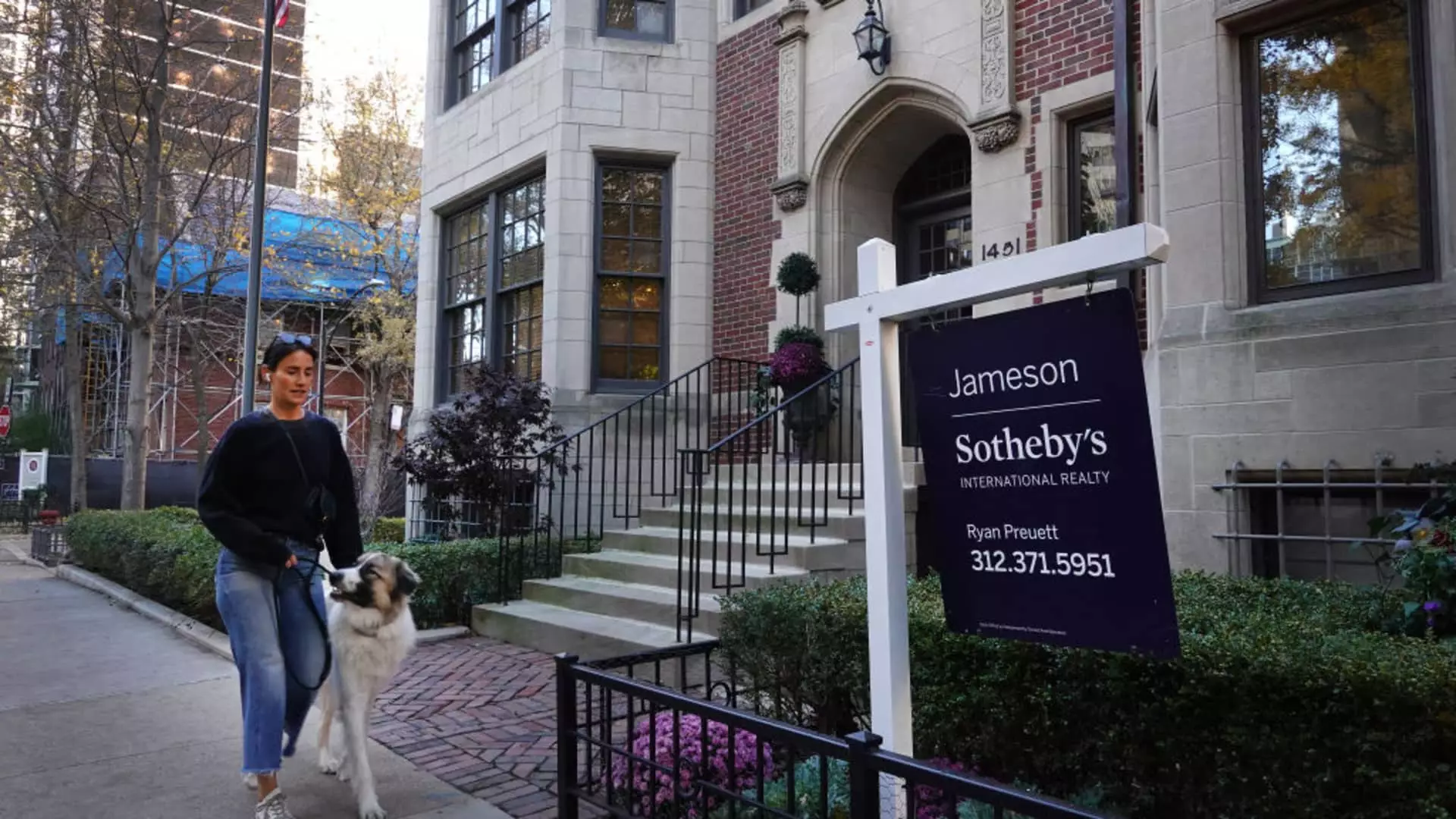The real estate landscape in the United States has faced notable challenges and fluctuations, particularly concerning the sale of previously owned homes. Recent reports reveal a decline in home sales that demands thorough examination and understanding. As we dig deeper into the provided data, we can identify trends, anomalies, and the potential path forward for the housing market.
In August 2023, the sales of existing homes dropped by 2.5% compared to July, landing at a seasonally adjusted annualized rate of 3.86 million units. This figure also represents a 4.2% decline from the same month the previous year. Such statistics indicate a concerning trend of diminishing sales volumes that have now persisted for three consecutive months, consistently falling below the critical threshold of 4 million units annually.
These sales figures are emblematic of broader market sentiments, reflecting buyer hesitance amidst fluctuating mortgage rates and limited inventory. Notably, these sales represent transactions that likely flow from contracts signed when mortgage rates were gradually decreasing. By mid-June, the average rate for a 30-year fixed loan was slightly over 7%. This number fell to 6.7% by the end of July, prompting speculation about a potential rebound in home buying due to more favorable financing conditions.
As home sales encountered headwinds, there have been slight improvements in housing inventory. The total number of homes for sale at the end of August reached 1.35 million units, marking a 0.7% increase from July and a notable 22.7% year-over-year rise. However, this overall improvement in inventory still yields only a 4.2-month supply, which remains below the 6-month threshold generally viewed as balanced between buyers and sellers.
This imbalance continues to exert pressure on home prices. The median price for existing homes sold in August was reported at $416,700, reflecting a 3.1% increase from the prior year, marking the highest August price on record. These figures underscore a market where higher-end homes, particularly those priced above $750,000, are experiencing robust demand. In stark contrast, homes priced below $500,000 show a notable downturn in sales, suggesting that entry-level buyers are increasingly squeezed out of the market.
First-time homebuyers face particular difficulties in the current market climate, comprising only 26% of total home sales in August. This statistic ties to an all-time low recorded in November 2021, emphasizing the persistent barriers to entry for new homeowners. With steep prices and increasing competition from investors and all-cash buyers, these individuals often find themselves at a disadvantage, limiting their potential for home ownership.
Interestingly, all-cash purchases accounted for 26% of sales as well, representing a slight year-over-year decline but remaining historically significant. Cash offers strengthen the competitive position of buyers, allowing them to sidestep the complications associated with securing financing. These market dynamics often push traditional buyers further out of contention, solidifying an environment where only those with substantial resources can effectively engage.
Despite the current challenges, there are signs of potential recovery within the housing market. Lawrence Yun, Chief Economist for the National Association of Realtors, highlighted the recent decreases in mortgage rates paired with increasing inventory as a promising combination for future sales. The recent decline in the average rate for the popular 30-year fixed loan to 6.15%, the lowest in two years, may instill renewed interest amongst potential buyers.
However, the road ahead is complex. Buyers must navigate a market where supply and demand dynamics, pricing pressures, and the varied economic environment collide. Regions with tight inventory will likely continue to favor sellers, adding layers of complexity to an already challenging market landscape.
While the housing market exhibits signs of improvement with declining mortgage rates and increasing inventory, challenges remain ever-present. The path to stabilization will require strategic adaptations from both buyers and sellers, alongside broader economic support. Potential shifts in market conditions, coupled with buyer sentiment, will play a crucial role in determining whether these trends will sustainably reshape the real estate landscape in the months to come.

